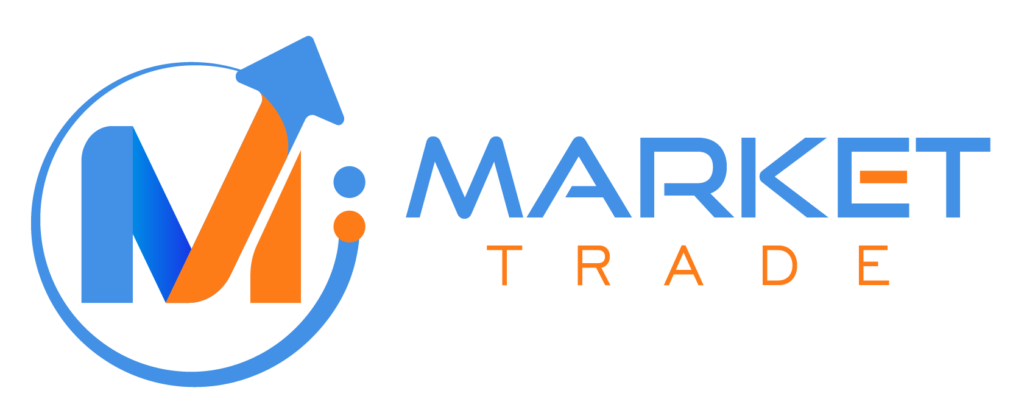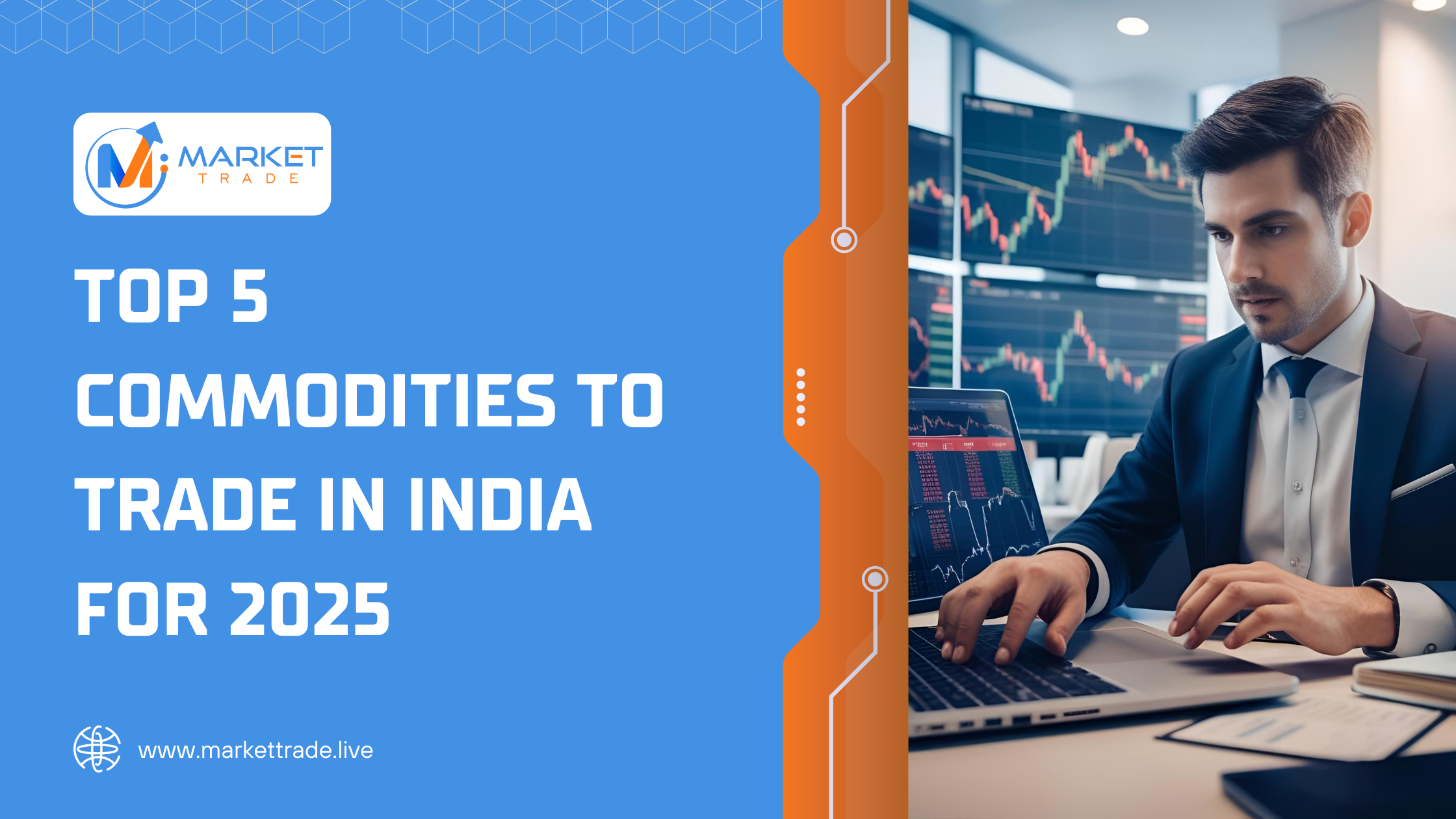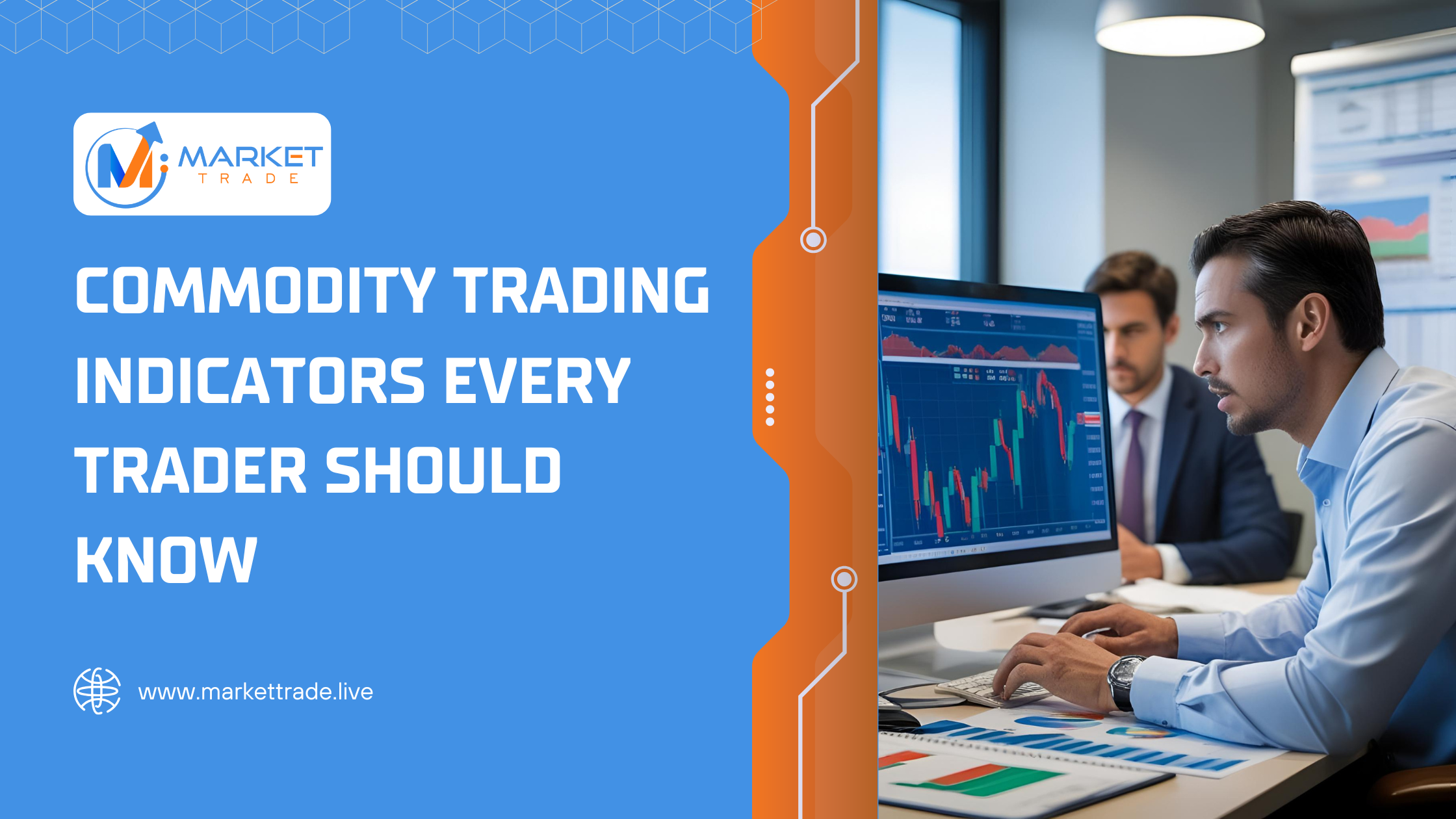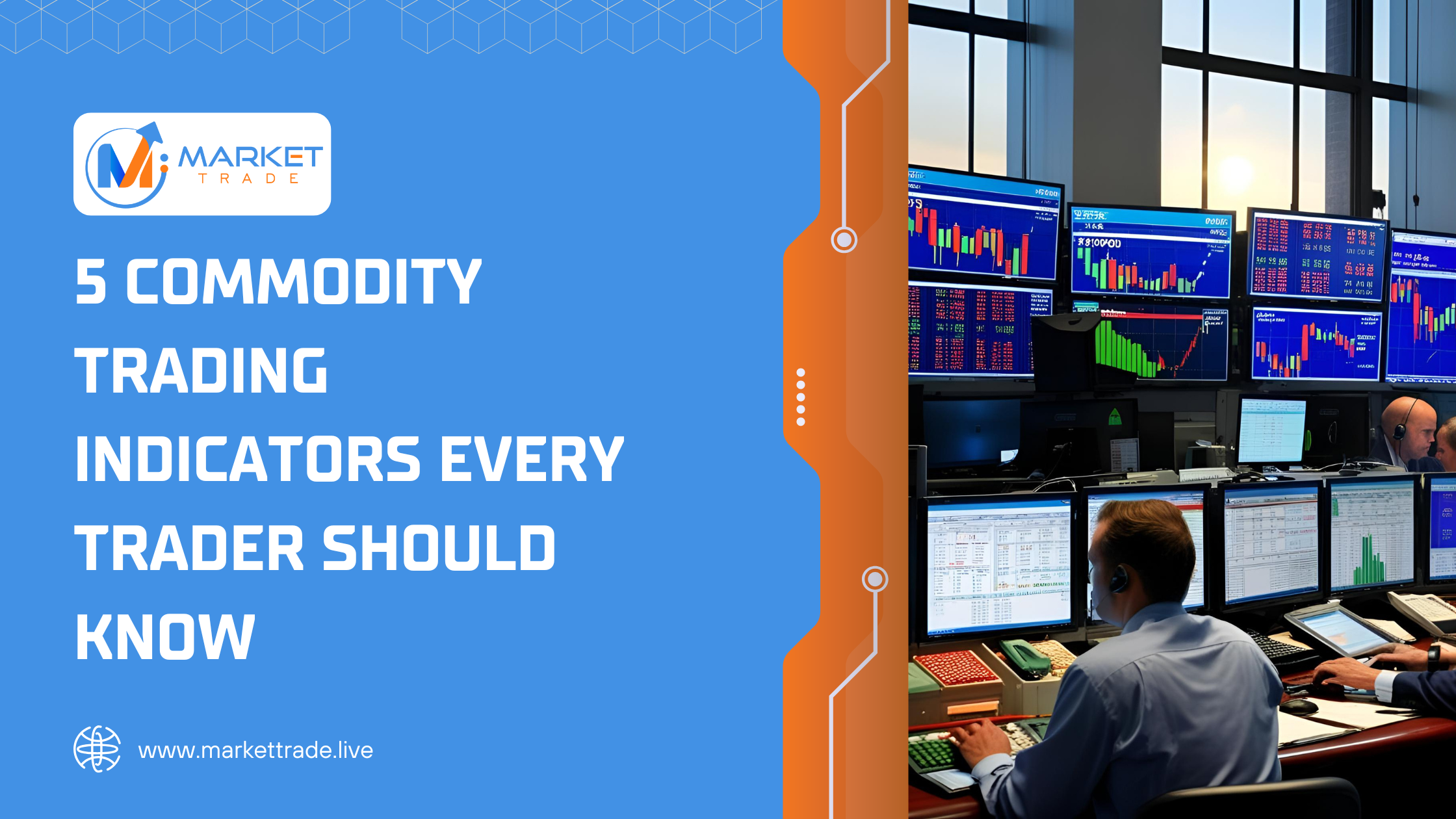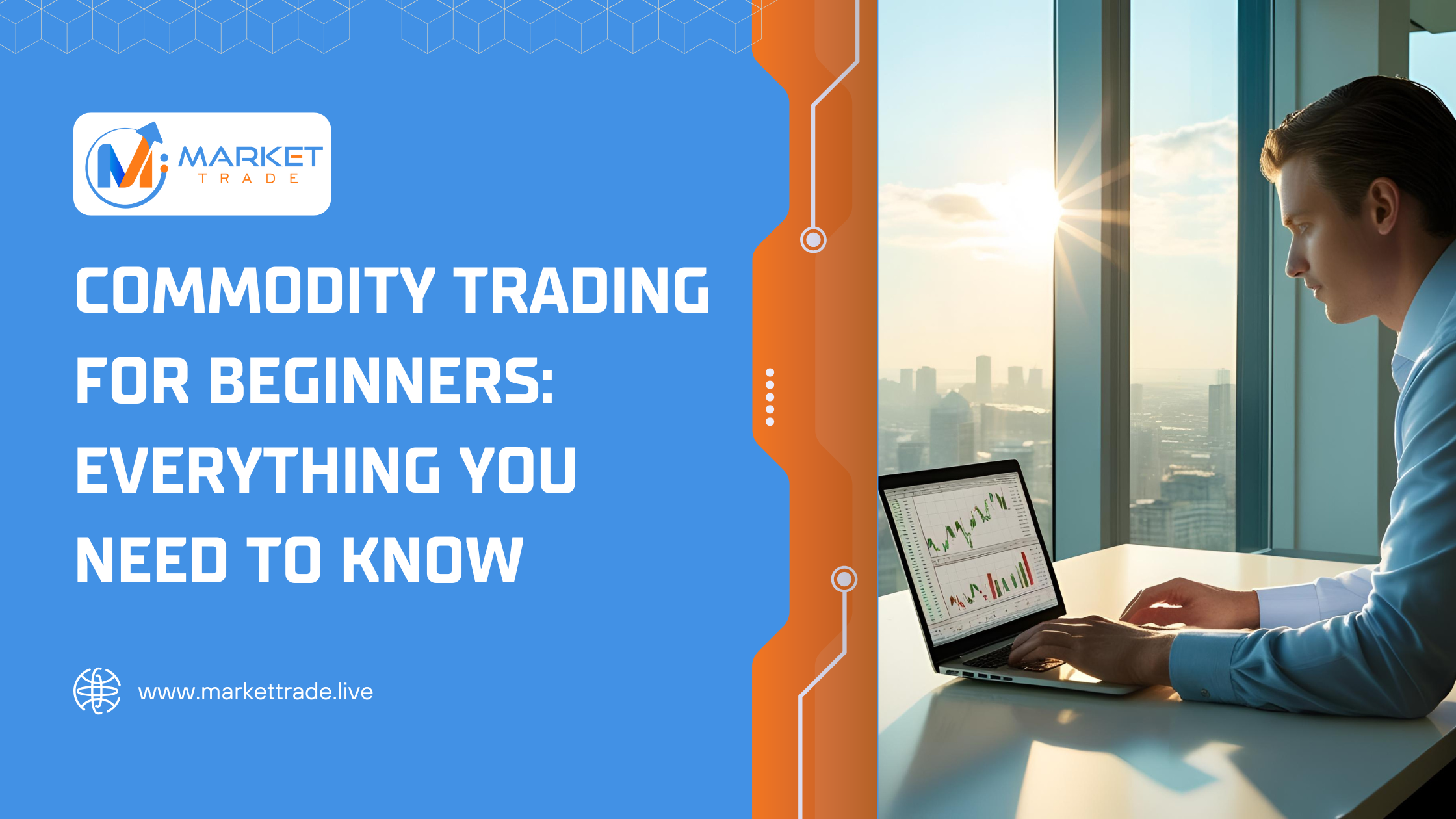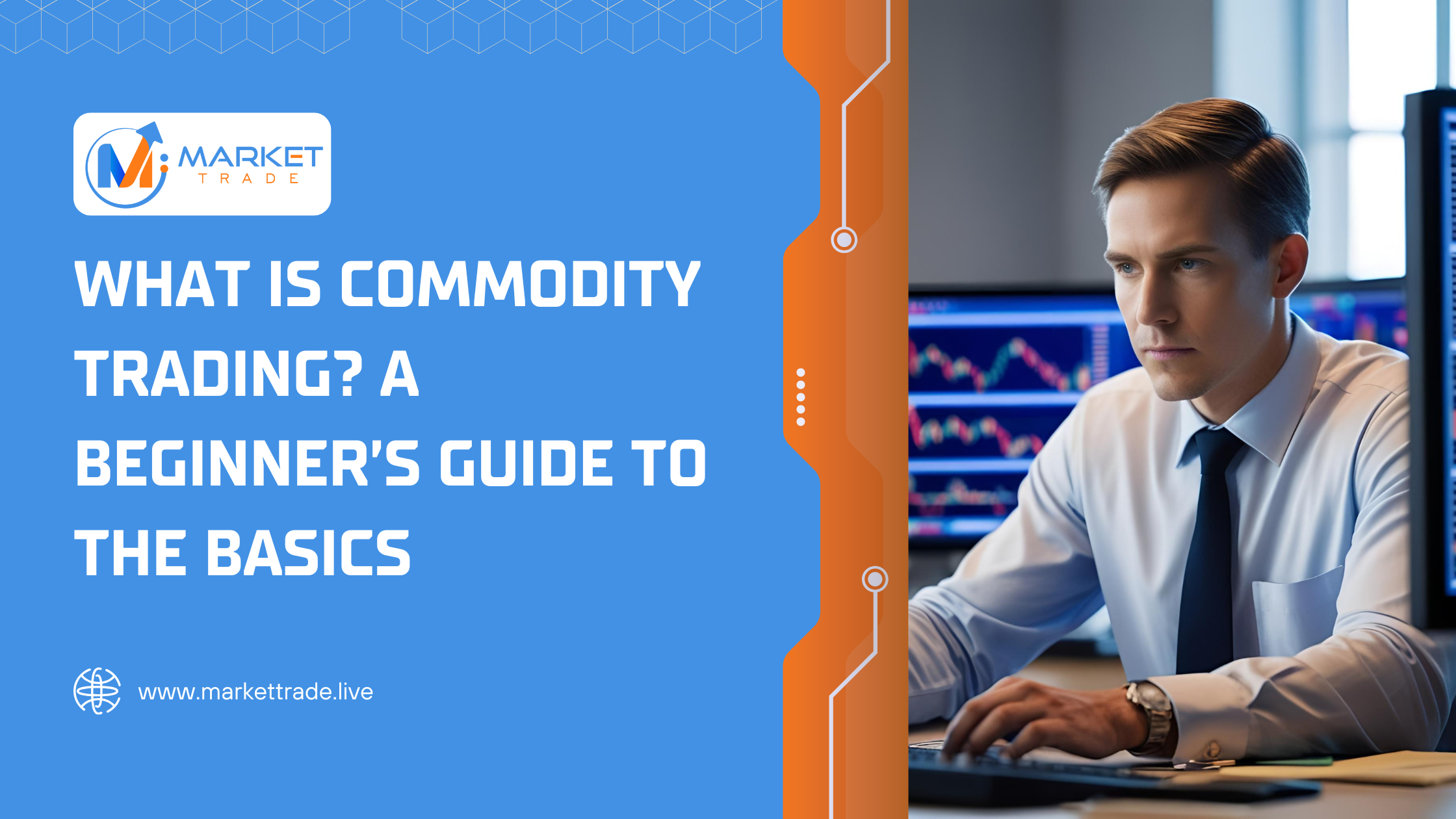
When you think of trading, your mind might jump straight to stocks or cryptocurrencies. But did you know that some of the most actively traded instruments in the world are commodities — like gold, crude oil, natural gas, silver, and even agricultural products? Welcome to the exciting world of commodity trading — a powerful market where global supply and demand drive real-world value. In this beginner’s guide, we’ll explain what commodity trading is, how it works, why it matters, and how you can get started in India with platforms like Market Trade. 💡 What is a Commodity? A commodity is a basic good or raw material used in commerce that is interchangeable with other goods of the same type. These are the essential building blocks of the global economy. ✅ Common Types of Commodities: Metals – Gold, Silver, Copper Energy – Crude Oil, Natural Gas Agricultural – Wheat, Soybean, Cotton Livestock – Cattle, Pork Bellies (not traded in India) 📈 What is Commodity Trading? Commodity trading is the buying and selling of raw materials or primary goods through spot or derivative contracts. Traders aim to profit from price fluctuations based on global events, demand/supply shifts, inflation, and currency movements. In India, commodity trading is largely done via derivatives (futures & options) on regulated exchanges like: MCX (Multi Commodity Exchange) NCDEX (National Commodity & Derivatives Exchange) 🔁 How Does Commodity Trading Work? Let’s say you believe gold prices will rise over the next few days. Instead of buying physical gold, you buy a gold futures contract on MCX. If prices go up, you sell the contract for a profit. If prices fall, you face a loss. You never have to take delivery of the gold — it’s all settled digitally. 💼 Types of Commodity Contracts 🔹 Spot Contracts Immediate delivery and payment Rare in retail trading 🔹 Futures Contracts Agreement to buy/sell a commodity at a future date at a fixed price Most common for retail traders 🔹 Options on Commodities Right (not obligation) to buy or sell at a specific price Allows more flexible risk management 🔍 Why Trade Commodities? Here’s why commodity trading is gaining popularity among Indian retail traders: ✅ 1. Diversification Add balance to your portfolio beyond just stocks and mutual funds. ✅ 2. Hedge Against Inflation Commodities like gold and oil increase in value during inflation, helping you preserve purchasing power. ✅ 3. Global Exposure Prices are influenced by global news, giving traders a chance to capitalize on international trends. ✅ 4. High Liquidity Popular commodities like crude oil and gold are actively traded — ensuring easy entry and exit. ✅ 5. Leverage Opportunities Trade larger contracts with smaller margin using regulated leverage on platforms like Market Trade. 📊 Who Can Trade Commodities in India? Any Indian resident (18+) with: A valid PAN and Aadhaar A commodity trading account with a SEBI-registered broker A linked bank account and KYC documents Platforms like Market Trade make account setup quick and 100% digital. 🛠️ What Do You Need to Start? ✅ A commodity trading account✅ Initial capital (can start with ₹1,000 or more)✅ Basic understanding of charts, price action, and volatility✅ A risk management plan✅ Access to live market data and charting tools (offered by Market Trade) 📅 When Can You Trade Commodities? MCX trading hours in India: Monday to Friday Morning session: 9:00 AM – 5:00 PM Evening session: 5:00 PM – 11:30 PM (up to 11:55 PM for energy and metals) 💡 Evening hours are ideal for global commodities like crude oil and gold. 📈 Most Popular Commodities to Trade in India Commodity Why It’s Popular Gold Safe-haven, inflation hedge Crude Oil High volatility, global impact Silver Cheaper alternative to gold Natural Gas Seasonal trends, price swings Copper Economic indicator ✅ Conclusion Commodity trading is a powerful avenue for Indian investors looking to diversify their trading strategies and gain exposure to global economic trends. With the right platform, knowledge, and discipline, you can trade gold, crude oil, and more — even with small capital. As inflation rises and global markets fluctuate, commodity trading can be your smart hedge and growth strategy. 🚀 Start Commodity Trading Today with Market Trade Ready to dive into one of the world’s oldest yet most modern markets? 👉 Open your free Market Trade account today, and start trading commodities like a pro — with zero hidden charges, real-time tools, and expert support.

